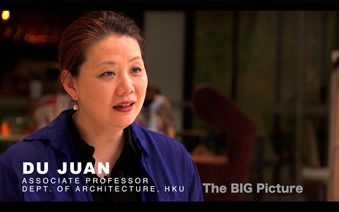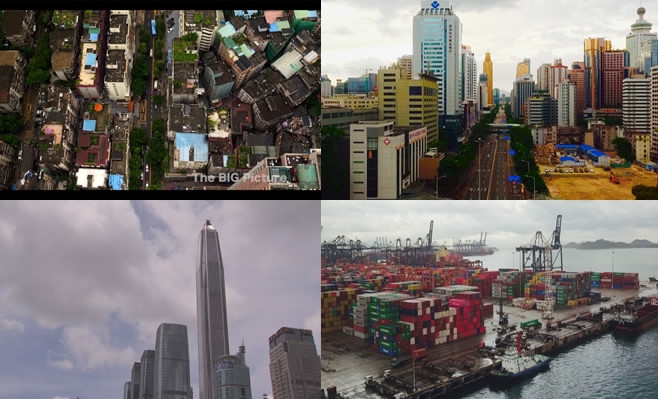
China
12:19, 07-Sep-2017
The Big Picture: Miracles by design
By CGTN's Han Bin, Huang Xiaodong

The adoption of an opening up policy has made China a major player in international trade -- reform of the country's southern coastal city of Shenzhen in the early 80s signaled the start of that process.
To gain an insight into Shenzhen's miracles by design, CGTN reporters interviewed Associate Professor Du Juan from the Faculty of Architecture at the University of Hong Kong -- she has been following the city's development for over a decade.

Du Juan, associate professor, University of Hong Kong. /CGTN Photo
Du Juan, associate professor, University of Hong Kong. /CGTN Photo
CGTN: What does Shenzhen’s situation imply about China’s solutions for rapid growth?
Du Juan: Shenzhen played a crucial role in giving the government, in the early 80s, the confidence that China could create an economy of market capitalism. There are actually a lot of cities in developing countries looking at Shenzhen as a model.
But I think there’s too much emphasis on Shenzhen's success purely based on the government’s top-down policy. Shenzhen’s success really depended on a moment in history when so many people were arriving in the city, willing to do anything.

CGTN's Han Bin speaks to Du Juan, associate professor at the University of Hong Kong. /CGTN Photo
CGTN's Han Bin speaks to Du Juan, associate professor at the University of Hong Kong. /CGTN Photo
CGTN: What are the answers for Shenzhen’s future?
Du Juan: I think the solution of any city really should come from the people in the city. I think it will be very interesting for Shenzhen to continue to set a model for different social systems.
The challenge is how can Shenzhen, now having achieved its success, still have the courage to continue to reinvent, to break the rules, and to not be afraid to challenge existing standards.
CGTN: What is the value of studying Shenzhen?
Du Juan: When I first came to Shenzhen, everywhere I saw was very generic. The skyscrapers you see everywhere. You see big roads, big cars. And then as I started to look more into the city, I really became fascinated.
It's a very wealthy, modern city, but there also exists unexpected areas, such as urban villages. And if I walk into these neighborhoods, I actually feel quite nostalgic of the way China used to be.

Shenzhen landscape. /CGTN Photo
Shenzhen landscape. /CGTN Photo
It’s fascinating that a city has two sides that are so opposing to each other. It seems like a paradox. But what really contributes to Shenzhen's success is that these opposing sides absolutely support one another.
Shenzhen would not be as successful or as attractive if it did not have all these big businesses and modern facilities. But it also would not be successful without these large working class neighborhoods, where housing is still very affordable for startups.
Shenzhen is quite fascinating in this way: its realities seem contradictory, but in fact they work quite well together. And it is very interesting that this working relationship was not planned. It actually evolved very naturally out of the city's unique circumstances.
1944km

SITEMAP
Copyright © 2018 CGTN. Beijing ICP prepared NO.16065310-3
Copyright © 2018 CGTN. Beijing ICP prepared NO.16065310-3